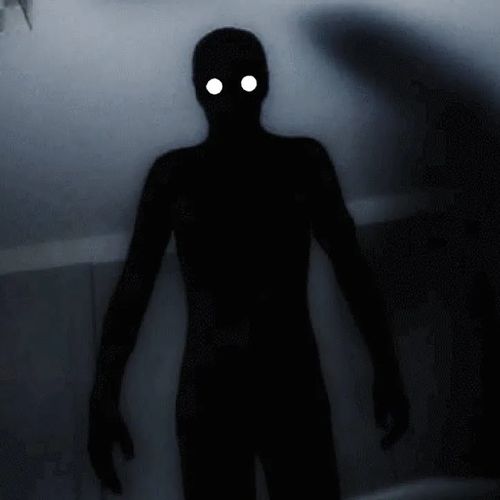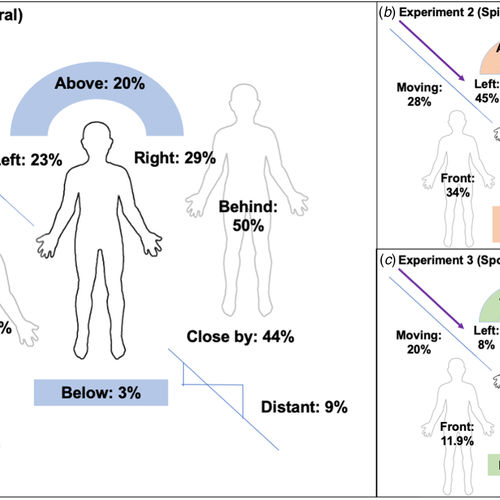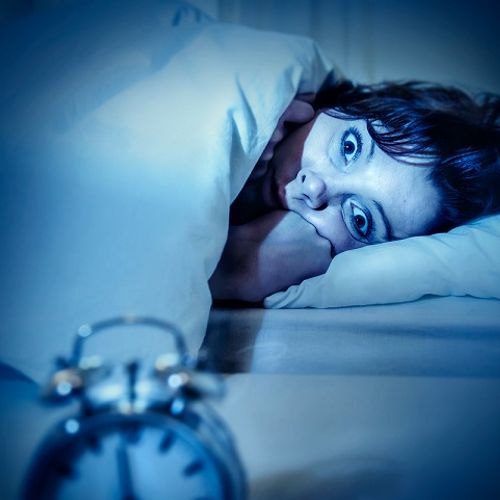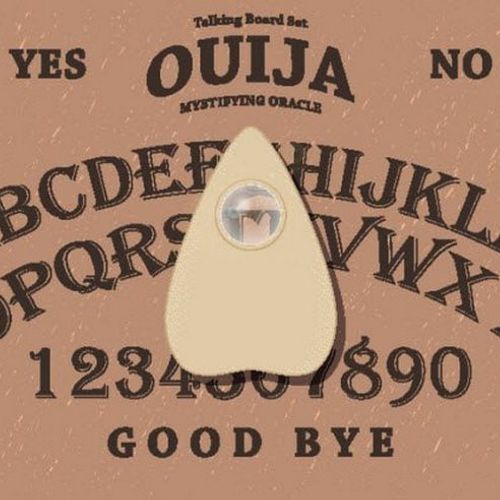
| Added | Sun, 09/07/2023 |
| Источники | |
| Дата публикации | Sat, 08/07/2023
|
| Версии |
Sleep paralysis is a very frightening condition when a person is on the border of sleep and wakefulness. In medicine, this is called cataplexy awakening.
It is a phenomenon that occurs when a person transitions between sleeping and waking and experiences a temporary inability to move or speak.
During this state, some people may also experience vivid and frightening hallucinations, such as seeing, hearing, or feeling the presence of an uninvited guest, demon, or evil entity in their room. These hallucinations are not real, but they can cause severe fear and anxiety in the person who experiences them.
Doctors also believe that a person in this condition cannot open his eyes, but many of those who experienced night paralysis were not only with their eyes open, but also saw strange and scary objects.
One of the questions that researchers and sleep experts have tried to answer is why do people with sleep paralysis see the same evil "hallucinations"? Why do they often report the same feelings of suffocation, suffocation, or being pinned down by a dark figure? What makes these common themes appear in different cultures and times?
Most often they talked about a dark human figure with no discernible details of the face and clothes, which stands next to the bed or at the feet. This figure in different cultures is called a "black man", "shadow man", "old witch" and so on.
It is believed that sleep paralysis is a fairly rare condition and no more than 7% of the population of our planet faces it no more than 1-2 times in their lives.
Most often, for some reason, this happens in adolescents and in people with various mental illnesses. A third of them claim to have experienced sleep paralysis.
Some researchers explicitly state that sleep paralysis is the cause of stories about alien abductions, night ghosts, and so on.
Doctors, on the other hand, consider the "black man" and other strange creatures that people see with night paralysis to be just hallucinations caused by the peculiarities of the brain in a state of sleep or drowsiness.
But why do so many different people from different countries and different cultures see such similar "hallucinations"? Why, in general, on the border of sleep and wakefulness, do they suddenly see a HUMAN figure near their bed or on the bed?
Dreams in ancient times were considered a state connecting the earthly world and the otherworldly world. For some time it was even believed that in a dream a person's soul could leave his body and go to another world, where he could communicate with the spirits of the dead or even with the Gods, receiving prophecies or useful advice from them.
So maybe the strange figures that a person sees during sleep paralysis are residents of another world?
Invisible in the waking state and intangible in sleep. Someone says that people have the same visions, because all our brains generally work the same way and produce the same "picture" under the same conditions.
Maybe so, but many people with sleep paralysis see not only a shadow person, but also some non-humanoid monsters, insects, or do not see anything at all, but hear someone's creepy laughter or even smell unusual smells. Maybe this is also a feature of the "same work" of the brain?
And why do people see shadow figures, and in general what leads them to a state of horror, and not something neutral and ordinary, with "the same brain work" in sleep paralysis? Why, for example, do they see a monster sitting on their chest and crushing it, and not a stone?
Or why don't these people see something good, like angels and God?
There are several possible explanations for this phenomenon based on scientific, psychological and cultural factors. Here are some of the hypotheses:
Neurological explanation
Sleep paralysis occurs when the brain is in a mixed state of rem sleep (rapid eye movement) and wakefulness.
REM sleep is the stage of sleep in which most dreams occur, and it is also associated with muscle atony, which prevents us from acting out our dreams. However, when we wake up during REM sleep, we can still partially dream, and our brain can project images from our dreams onto our surroundings.
This can create the illusion that you see or hear things that aren't there. In addition, some parts of the brain involved in fear processing, such as the amygdala, may be overactive during sleep paralysis, which leads to an increased sense of threat and danger. The brain can also interpret the lack of muscle control and difficulty breathing as signs of an attack or restraint by an external force.
Psychological explanation
Sleep paralysis can also be influenced by our expectations, beliefs, and emotions. People who are stressed, anxious, depressed, or have experienced trauma may be more prone to sleep paralysis and negative hallucinations.
They may also have more negative interpretations of their experiences, such as the belief that they are being haunted by evil spirits or cursed by witchcraft. These beliefs may be shaped by their personal history, cultural background, or religious views.
For example, some people may associate sleep paralysis with folklore stories about vampires, succubi, incubi, or night witches. These stories can give people the opportunity to make sense of their experiences and cope with their fear.
Cultural explanation
Sleep paralysis may also reflect some universal aspects of human psychology and culture.
Some researchers have suggested that hallucinations of sleep paralysis are influenced by archetypes, which are symbols or models common to all people in different cultures and times.
These archetypes can represent our deepest fears, desires, or conflicts, and they can manifest in different forms depending on the context.
For example, some people may see a dark figure or a ghostly presence as a symbol of death, evil, or the unknown. Others may view an animal or monster as the embodiment of aggression, violence, or chaos. These archetypes can engage our primary instincts and emotions and have a strong influence on our consciousness.
Sleep paralysis is a complex phenomenon that can have many causes and interpretations. This is not a sign of mental illness or supernatural influence, but rather a natural phenomenon that can happen to anyone under certain conditions.
However, it can be very unpleasant and scary for those who experience it, especially if they do not understand what is happening to them or how to prevent it. Therefore, it is important to inform people about sleep paralysis and provide them with effective coping strategies and support.
Новости со схожими версиями
Log in or register to post comments






